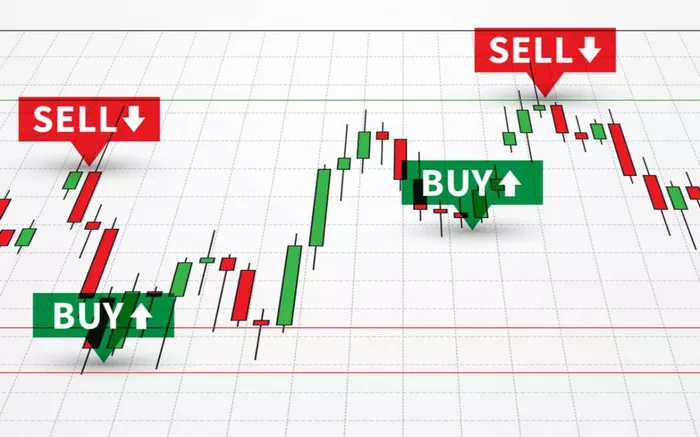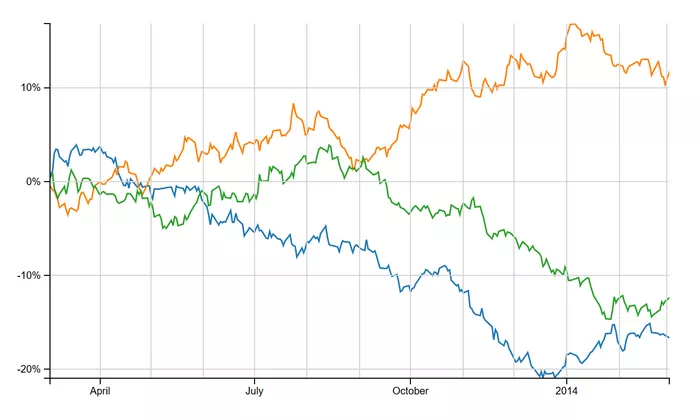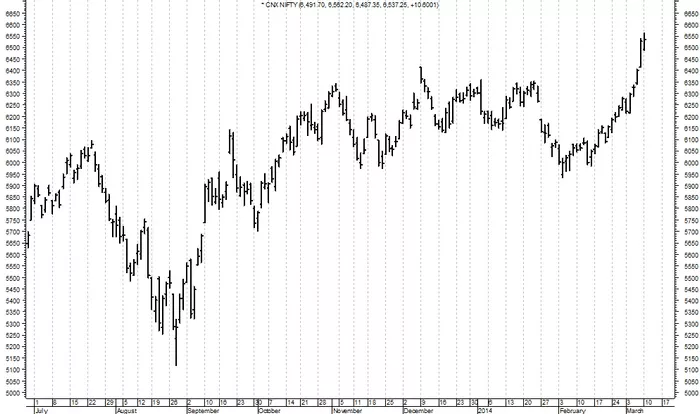In the world of investing, managing risk is crucial to ensuring long-term success. While stocks can offer significant growth potential, they also come with inherent volatility. One of the most effective ways to mitigate this risk is by using options. Hedging with options allows investors to protect themselves from adverse movements in stock prices, providing a form of insurance against potential losses. In this article, we will explore the fundamentals of hedging stocks with options, how to implement strategies, and the benefits and risks associated with these techniques.
What is Hedging?
Hedging is a risk management strategy used to offset potential losses in an investment by taking an opposite position in a related asset. In the context of stocks, investors may hedge their positions using various financial instruments, including options, futures, and derivatives.
Options, in particular, offer flexibility and customization in hedging strategies. By purchasing options contracts, investors can protect their stock holdings from price fluctuations, while still maintaining the opportunity for upside potential.
Why Use Options for Hedging?
The primary reason to use options for hedging is to reduce risk. Stock prices can be unpredictable, and while they may trend upward over time, they are often subject to short-term fluctuations due to various market factors, including earnings reports, economic data, and geopolitical events.
Options allow investors to create a safety net for their stock holdings by providing the right, but not the obligation, to buy or sell a stock at a predetermined price (the strike price) within a specific time frame. This can act as a form of insurance that limits losses in the event of a price decline while allowing for gains if the stock performs well.
How Options Work: A Brief Overview
Options are contracts that give the buyer the right to buy or sell an underlying asset at a predetermined price before a certain date. There are two main types of options: call options and put options.
Call Option: A call option gives the buyer the right to buy an underlying stock at a set price (the strike price) before the option expires. Call options are typically used when the investor believes the stock price will rise.
Put Option: A put option gives the buyer the right to sell an underlying stock at a set price before the option expires. Put options are typically used when the investor believes the stock price will fall.
In the context of hedging, put options are commonly used to protect against a potential decline in the value of stocks in a portfolio. By purchasing a put option, the investor can lock in a minimum selling price for their stock, even if the market price drops.
Hedging Strategies Using Options
There are several strategies that investors can employ to hedge their stock positions using options. The best strategy will depend on the investor’s risk tolerance, market outlook, and financial goals. Below are the most common options strategies used for hedging.
1. Protective Put (Married Put)
The protective put, also known as a married put, is the most straightforward hedging strategy. This strategy involves buying a put option for an existing stock position. The put option acts as insurance against a potential decline in the stock’s price.
How It Works:
The investor holds a stock position (e.g., 100 shares of XYZ stock).
The investor purchases a put option for the same stock, with the strike price chosen based on how much protection they desire.
If the stock price falls, the put option increases in value, offsetting the loss on the stock position.
If the stock price rises, the investor can allow the put option to expire worthless, but the stock gains will offset the cost of the option.
Example:
An investor holds 100 shares of XYZ stock, which is currently trading at $50 per share. They purchase a put option with a strike price of $45 for $2 per share (total cost: $200). If the stock price drops to $40, the investor can exercise the put option, selling the stock at $45 per share, thus limiting the loss. However, if the stock rises to $60, the investor loses the $200 paid for the put, but gains on the stock will more than offset this cost.
2. Covered Call
A covered call is another popular options strategy used to hedge stock positions. While it doesn’t offer the same level of downside protection as a protective put, it allows investors to generate additional income by selling call options on the stocks they own.
How It Works:
The investor owns shares of a stock (the underlying asset).
The investor sells a call option against the stock, receiving a premium in exchange for agreeing to sell the stock at the strike price if the option is exercised.
The premium received from selling the call option provides a cushion against a potential decline in the stock price, as it can offset small losses.
However, if the stock price rises significantly, the investor’s upside is limited because the stock will be called away at the strike price.
Example:
An investor holds 100 shares of XYZ stock, trading at $50 per share. They sell a call option with a strike price of $55 for $3 per share (total premium: $300). If the stock price stays below $55, the investor keeps the premium as income. If the stock price rises above $55, the investor is forced to sell the stock at $55, but the premium received from the call option provides some extra income.
3. Collar Strategy
The collar strategy is a more advanced hedging technique that combines the use of both a protective put and a covered call. This strategy involves holding a stock position, buying a put option for downside protection, and selling a call option to generate income to offset the cost of the put option.
How It Works:
The investor holds a stock position.
They purchase a protective put option for downside protection.
They sell a call option to generate income, which helps to finance the cost of the put option.
The investor’s upside potential is limited by the strike price of the sold call option, but the cost of the protective put is effectively reduced or eliminated by the premium received from the call.
Example:
An investor holds 100 shares of XYZ stock, currently trading at $50. They purchase a protective put with a strike price of $45 for $2 per share and sell a call option with a strike price of $55 for $2 per share. The premium from selling the call offsets the cost of the put, effectively creating a “collar” around the stock price. If the stock price falls below $45, the put option limits the loss. If the stock price rises above $55, the investor’s upside is capped, but they still earn the premium from the call option.
4. Long Straddle
A long straddle is a more aggressive strategy used when an investor expects significant volatility in the stock price but is uncertain about the direction. This strategy involves buying both a call option and a put option with the same strike price and expiration date.
How It Works:
The investor buys a call option and a put option for the same stock, both with the same strike price and expiration date.
The strategy profits if the stock price moves significantly in either direction, as the gains on one option can offset the losses on the other.
The key to this strategy is volatility—if the stock price remains flat, the options may expire worthless, resulting in a loss of the premiums paid.
Example:
An investor expects significant volatility in XYZ stock, which is currently trading at $50 per share. They purchase a call option with a strike price of $50 for $3 per share and a put option with a strike price of $50 for $3 per share. If the stock rises significantly, the call option will provide profits. If the stock falls significantly, the put option will provide profits. However, if the stock remains at $50, both options could expire worthless, and the investor would lose the premiums paid.
Advantages of Hedging with Options
Using options to hedge stock positions offers several advantages, including:
Downside Protection: The primary benefit of using options for hedging is the ability to limit potential losses. Protective puts, in particular, provide a form of insurance against significant declines in stock prices.
Flexibility: Options offer a wide range of strategies that can be customized based on the investor’s risk tolerance and market outlook.
Income Generation: Strategies like covered calls allow investors to generate income from their stock holdings, even if the stock price remains flat.
Cost Efficiency: While options do involve a premium, they can be a cost-effective way to protect stock positions, especially when compared to other forms of insurance.
Risks of Hedging with Options
While hedging with options can reduce risk, it is not without its own set of risks:
Premium Costs: Purchasing options involves paying premiums, which can be expensive, especially for deep-out-of-the-money options or options with long expiration dates.
Limited Upside: Some strategies, like covered calls and collars, limit the potential for gains if the stock price rises significantly.
Complexity: Options strategies can be complex and may require a deep understanding of how options work. Investors who are unfamiliar with options may find it difficult to implement these strategies effectively.
Conclusion
Hedging with options is a powerful tool for investors seeking to manage risk and protect their stock holdings. Whether using protective puts, covered calls, or more advanced strategies like collars, options offer flexibility and customization in risk management. However, investors should be aware of the costs involved and the limitations of each strategy. With careful planning and a solid understanding of options, investors can use hedging strategies to safeguard their portfolios and achieve their long-term financial goals.
By implementing the right options strategy based on their risk tolerance and market outlook, investors can hedge their stock positions effectively and reduce the potential for significant losses in volatile markets.
Related topics:
























